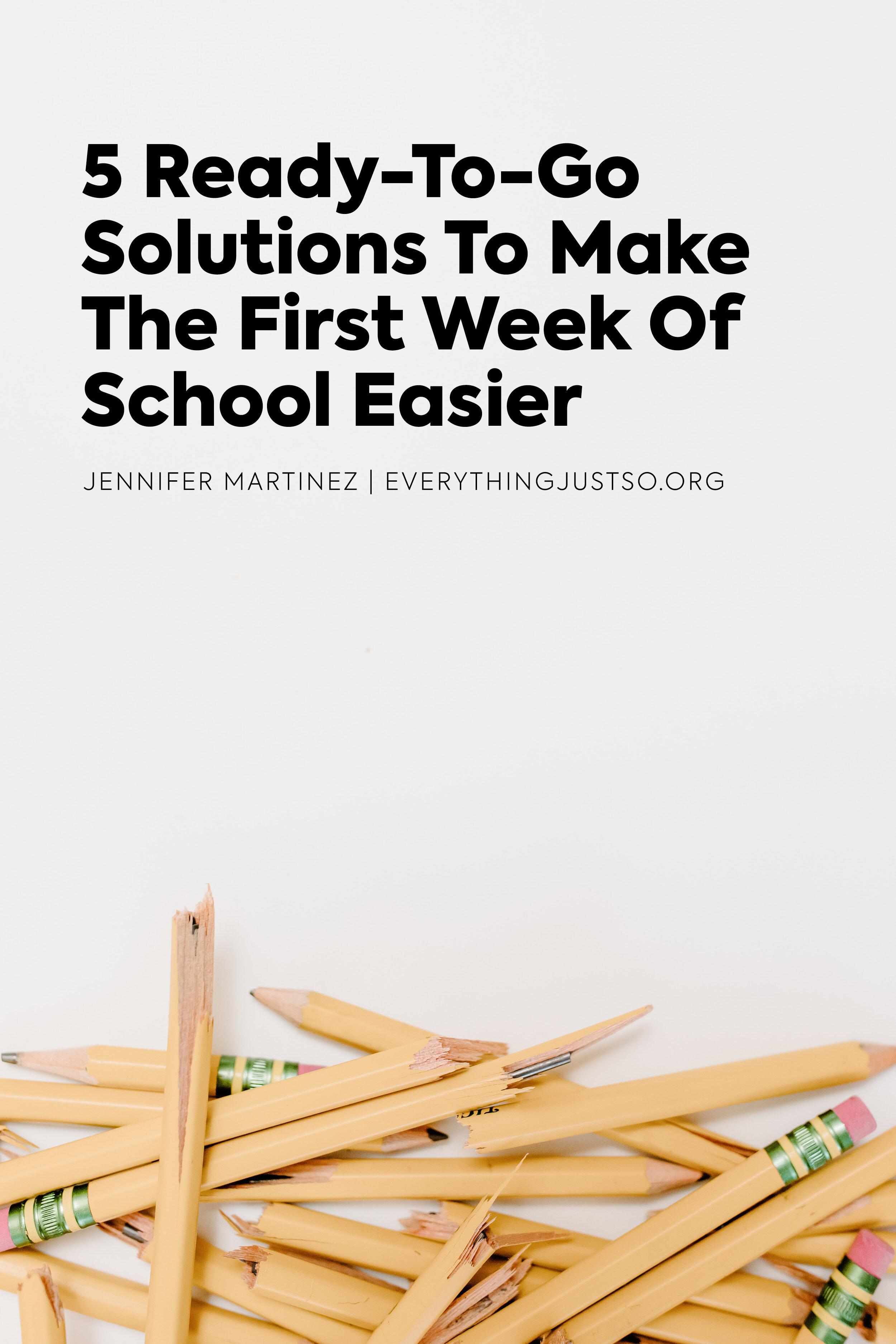How to Create a System for Planning Consistently
How to Create a System for Planning Consistently
Have you ever tried to create a good habit? Or break a bad one?
Of course you have. We all have.
If you’ve done any reading about creating or breaking habits, there’s one word that comes up a lot. Consistency. It’s simply not possible to truly affect change without being consistent.
If I want to improve my fitness, I have to exercise consistently. One jog or one yoga class is not going to change my fitness level, no matter how much I wish it did. If I clean my house one time, it’s not going to stay clean on a consistent basis. It takes regular attention with chores completed regularly. And those of you who have children understand the power of consistency and routine when it comes to bedtime!
Consistency is crucial in so many aspects of teaching. You have to be consistent in managing your classroom and assessing student performance.
Consistency is just as important when it comes to planning.
If you want to lessen your stress, improve the effectiveness of your lessons, and help your students meet standards and goals, consistent planning is a must.
Four Types Of Planning
It’s important to realize there are four different types of planning. Each has its own purpose and each requires different things from you. All four work together to create a truly consistent planning routine – one that serves you and your students well throughout the school year.
1 | High-level, Year-Long Plans
These are the plans that give you a roadmap for the year. Like any good roadmap, your year-long plans need to work toward a clearly defined destination.
2 | Monthly Planning
Your monthly planning focuses on specific units in support of your year-long plans.
3 | Weekly planning
During weekly planning sessions, you are gathering resources, needed materials, etc. for the upcoming week. The lessons themselves are already planned as part of your monthly unit planning.
4 | Daily planning
Daily planning sessions are reflective in nature and influence the next day’s lesson. Did students struggle with an important concept? Daily planning is when you plan how to reinforce and check for understanding the next day before moving forward.
Learn more about how to simplify your lesson planning process in this blog post.
Scheduling Planning Into Your Already Packed Schedule
For planning to be consistent, each of the four types of planning needs to be scheduled. They need to be part of your routine. Dates with yourself you don’t break. No matter what.
Don’t simply place dates on your calendar and hope they’ll work out. Instead, spend time analyzing your monthly and weekly schedules in order to determine what will work best for you. Consider the best place, days, and times for each type of planning.
Each of the four types of planning has a different purpose. Each also takes a different amount of time and focus. Allow for that when deciding where to place these “planning appointments” on your calendar.
You don’t have to plan at school
Do you feel you’re “supposed” to plan at school?
If you’re constantly distracted by fellow teachers or staff members who want to chat, planning at school may not work for you. If planning in your classroom means being faced with reminders of all the things on your to-do list, planning at school may not work for you.
If you’re someone who can close your classroom door, set firm boundaries with colleagues, and stay on task, planning in your classroom may be your best option.
The point? Know yourself. Recognize how you work best and the impact your surroundings have on you, especially when it’s time to do the deep work of monthly and year-long planning.
You need to do what works for you
When deciding when and where to schedule your planning sessions, take some time for self-reflection. Think about what works best for your personality and work-style, not just your schedule.
Do you feel obligated to stay late and plan at the end of the day? Is the end of the day also when you feel most drained of energy? Consider scheduling early morning or weekend planning sessions when you’ll feel fresh and able to take on the task with energy and enthusiasm.
As with all things teaching, you need to find what works best for you. Maybe your colleague’s method for getting her students to line up for dismissal works for her but did NOT work for you when you tried it. In the same way, your method of scheduling planning needs to work for you, even if it doesn’t work for everyone else.
Finding a system that works for you is the most important step in making consistent planning a habit.
Closing thoughts
Take the time to find a planning schedule that works for you. One that allows for year-long, monthly, weekly, and daily planning. One that lessens stress and maximizes efficiency. After you’ve identified what works best for you, get those planning appointments on your calendar. You’ll be so glad you did!
Interested in learning more about year-long planning? I teach a course that takes you through all the steps, resulting in a year-long plan ready for you to implement in your classroom.
Learn more here. I also have additional posts and resources for lesson planning. Find additional blog posts here and resources here.
Save these ideas for later...
Related Posts













